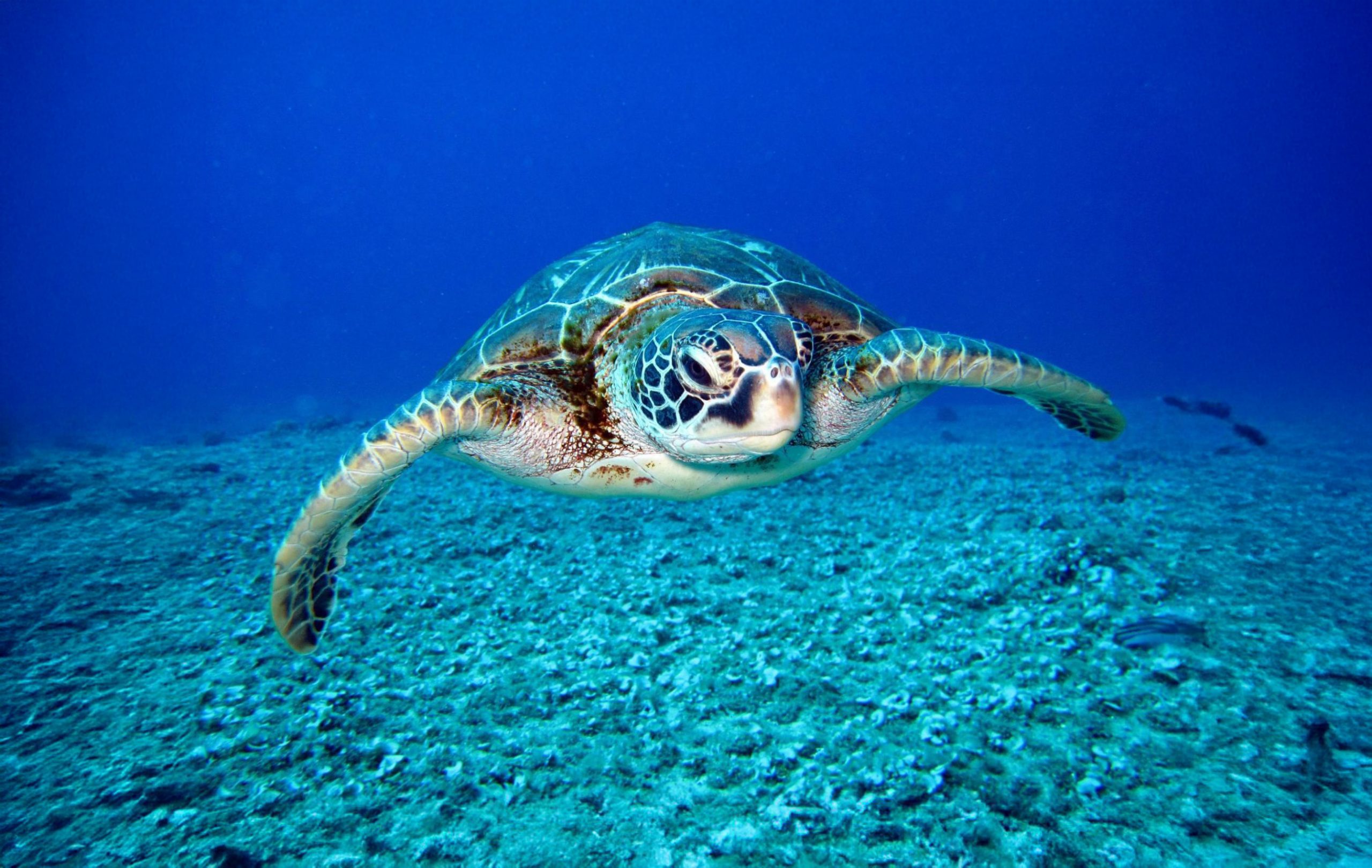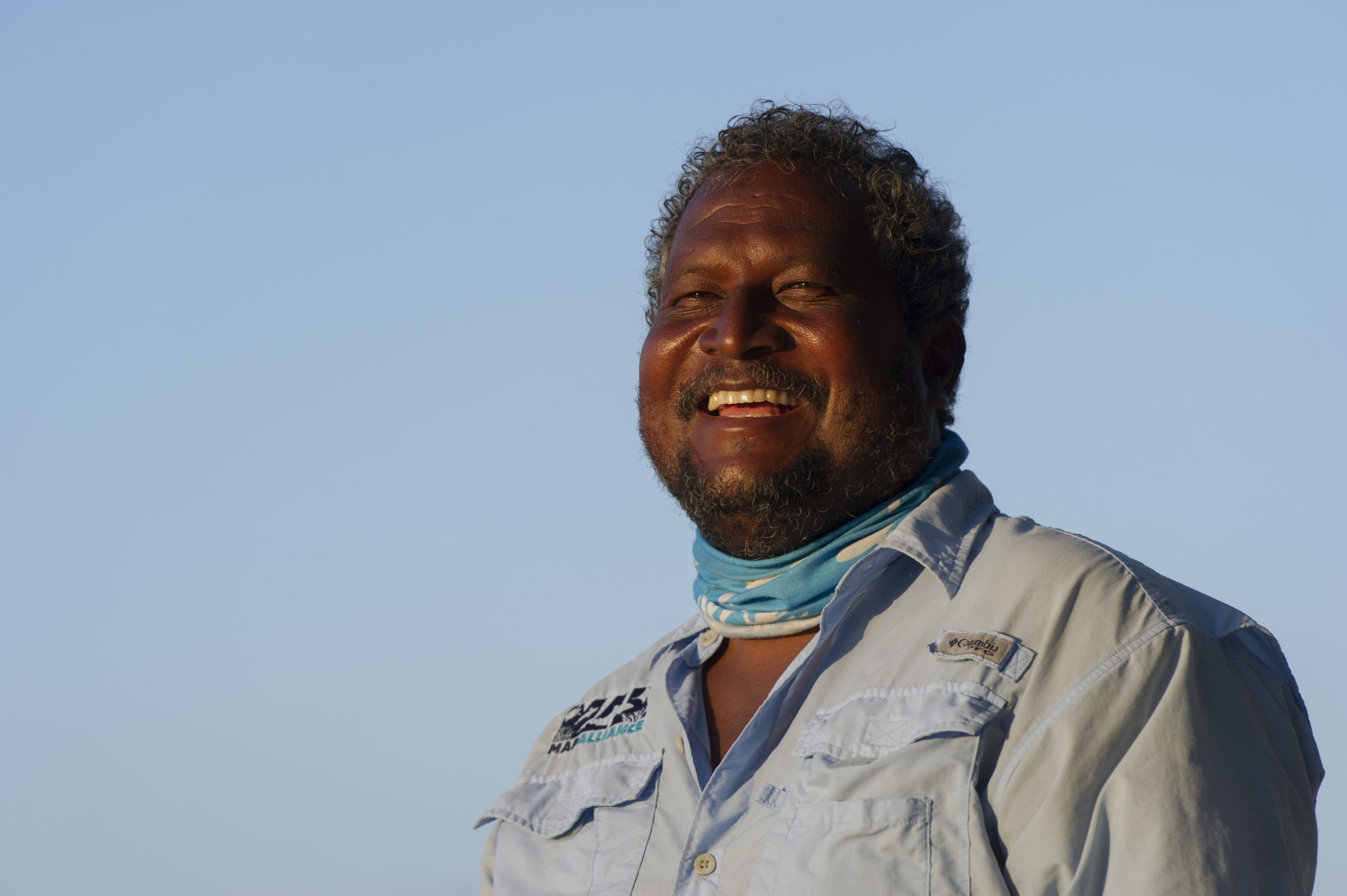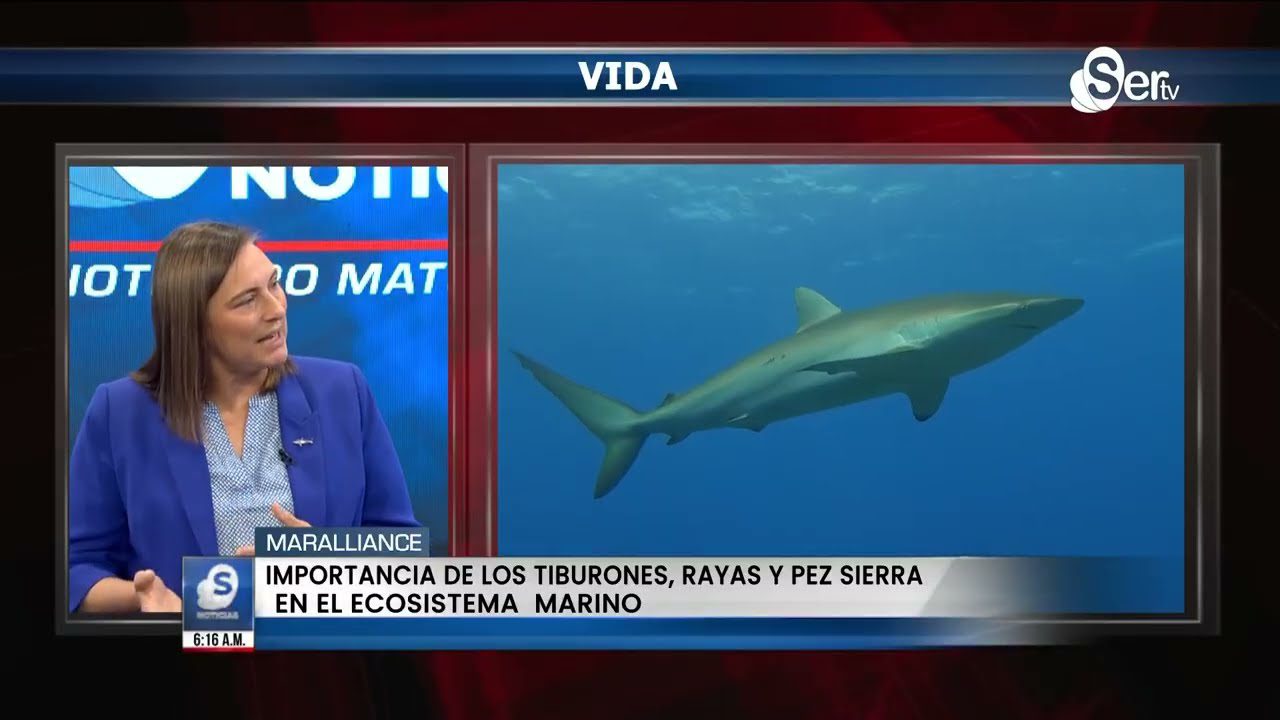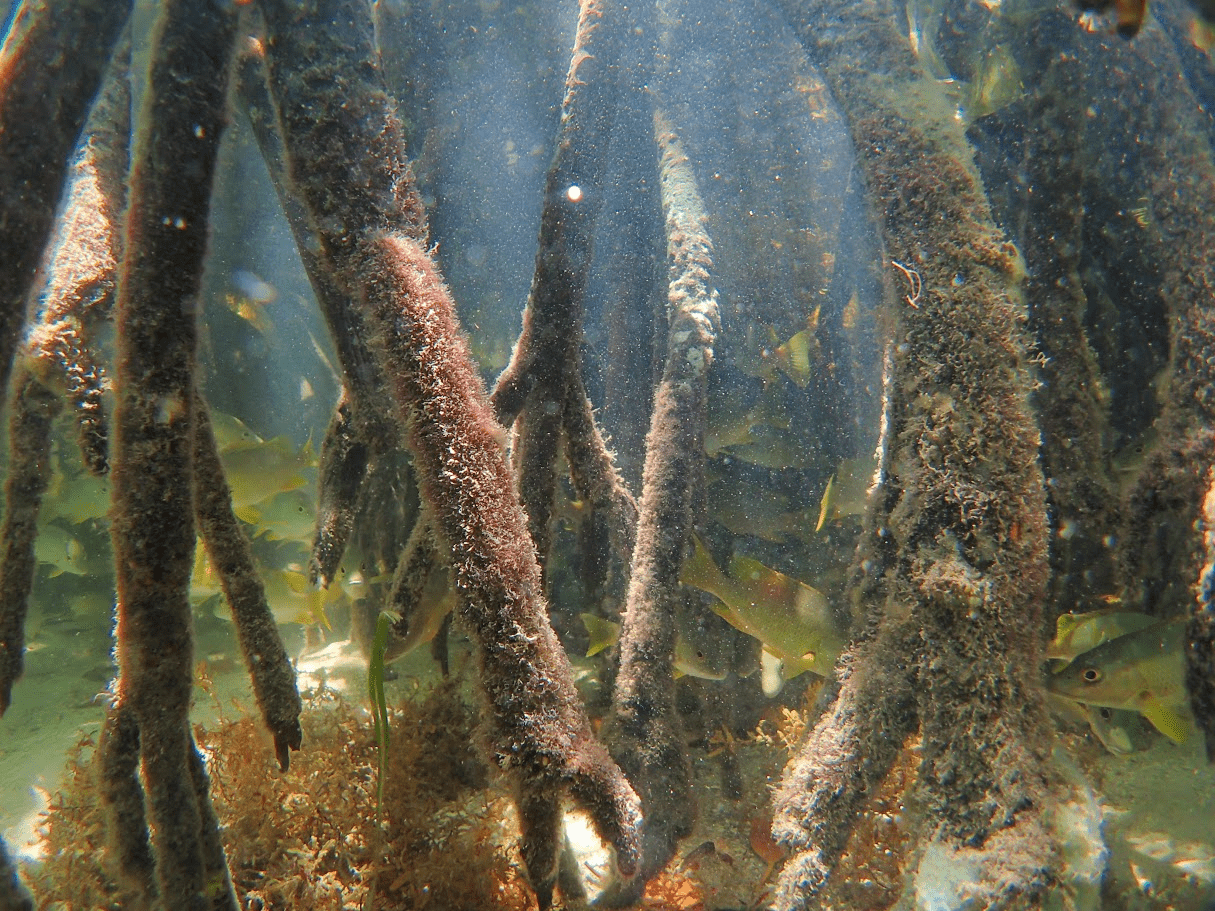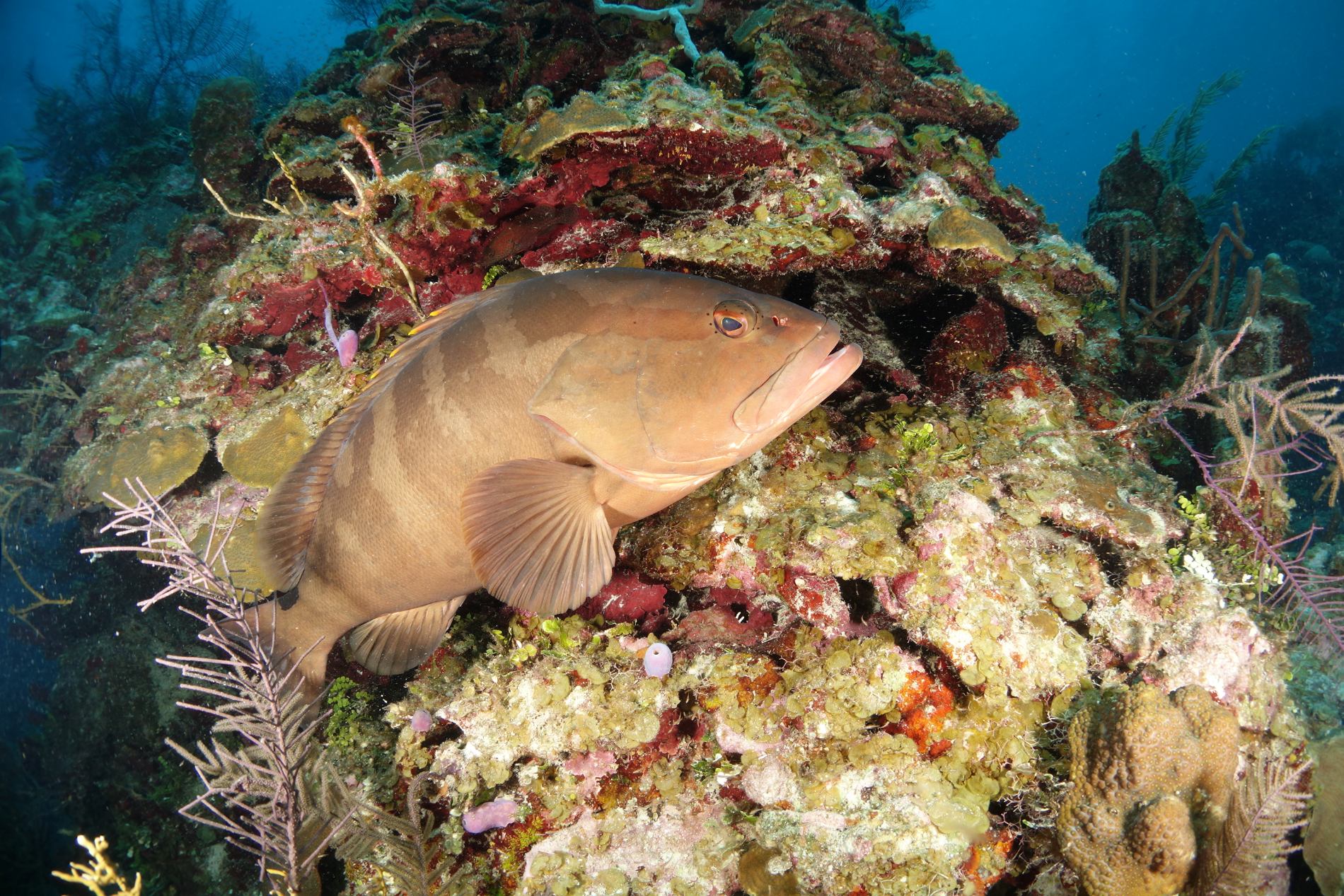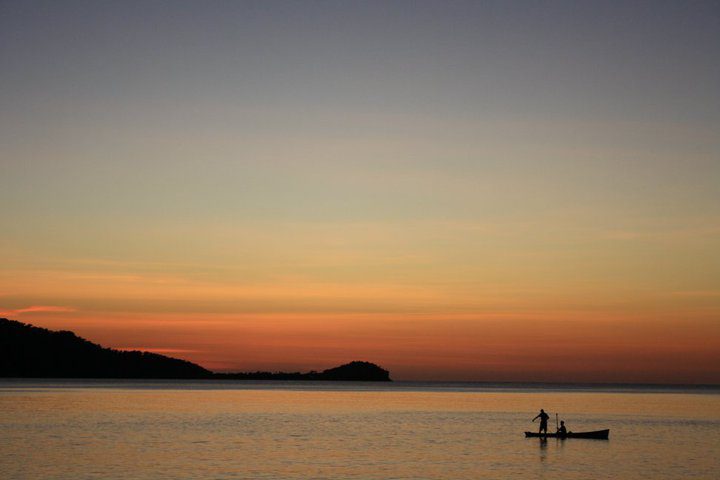The ocean has a way of rewriting our sense of possibility. For Rick Miskiv, talented underwater photographer and owner/designer of 22degrees, that sense of wonder began not in the depths but at the edge of the Atlantic. “I was maybe six or seven, riding with my parents near Atlantic City,” he recalls. “There was this old diving bell at Steel Pier. I pressed my face against the glass, searching for life in the murky green water. Even though I couldn’t see much, it was exhilarating this sense of entering another world.”
From those early moments, curiosity became a calling. High school photography on land evolved into underwater exploration as a dive master in Palau, and eventually into documenting marine life for conservation organizations.
Over the years, Miskiv has developed a remarkable ability not only to capture the beauty of marine life and delicate ecosystems, but also to tell the stories of coastal communities and the people whose lives are intimately connected to the ocean. His work bridges underwater photography, marine conservation, and ocean storytelling, offering viewers a window into a world few get to experience.
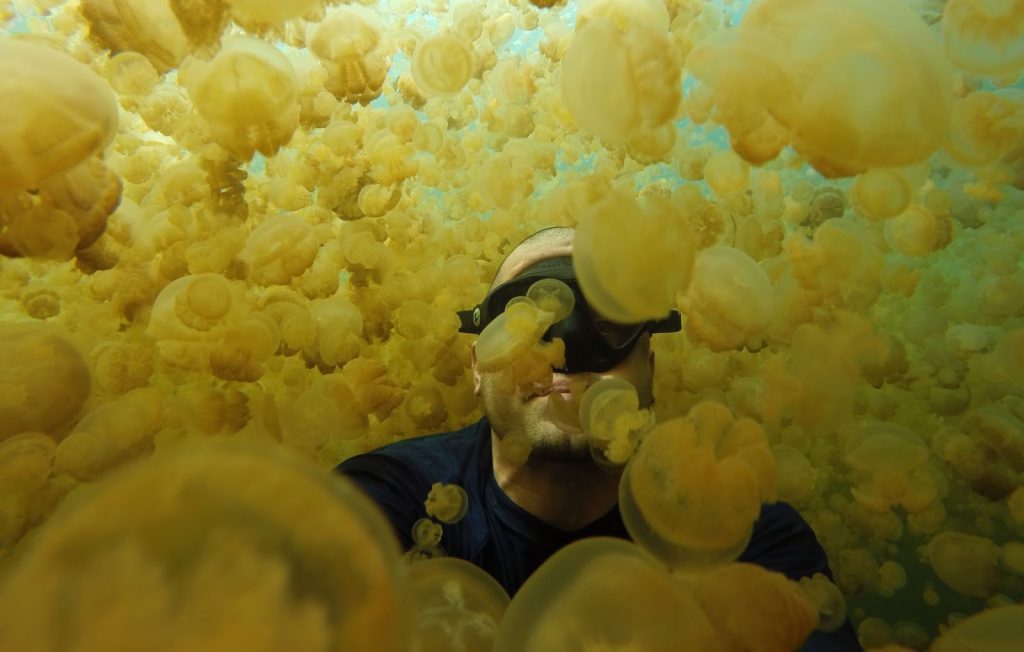
The Art and Science of Gear
Underwater photography can feel daunting, but Miskiv emphasizes starting simple. “Any camera and housing will do at first,” he says. “The key is to have fun and experiment.” As skills grow, a camera that shoots in RAW and strobes for deep dives become essential. But technical mastery alone isn’t enough: proximity to your subject is critical. “The best shots happen when the animals accept you as part of their world,” Miskiv explains. Patience, calm breathing, and reading marine behavior matter far more than the latest camera model.
Classic mistakes are often caused by human impatience. Chasing animals or approaching too quickly will only result in stress for them and blurred or missed shots. Instead, Miskiv recommends positioning yourself thoughtfully, letting marine life come to you. And always check your gear ahead of time. “Nothing is worse than reaching depth and realizing your battery is dead or that your memory card is full,” he says.
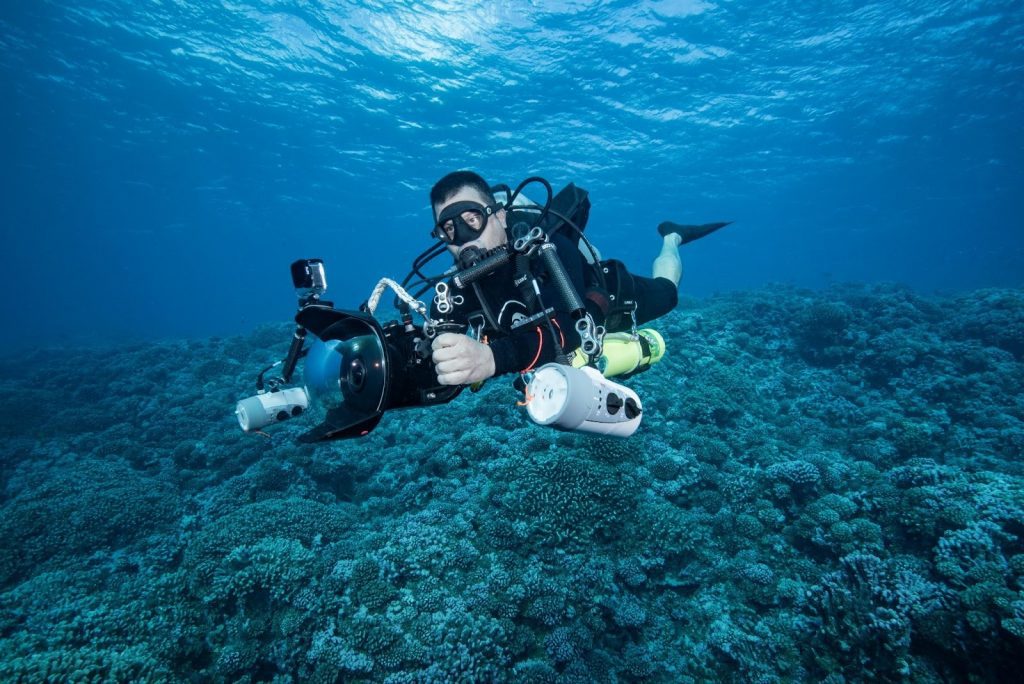
Respecting the Ocean’s Inhabitants
Miskiv’s philosophy centers on respect. “It starts with why you’re there,” he explains. “Love, care, and respect for the ocean are essential. Body language is key. Move slowly, respect their space, and take cues from the animals themselves. Sometimes the most respectful thing is not taking a photo at all.” For him, ethical photography is inseparable from effective storytelling. “The best images happen when animals accept your presence. Chasing or stressing an animal to get a shot? You’re doing it wrong.”
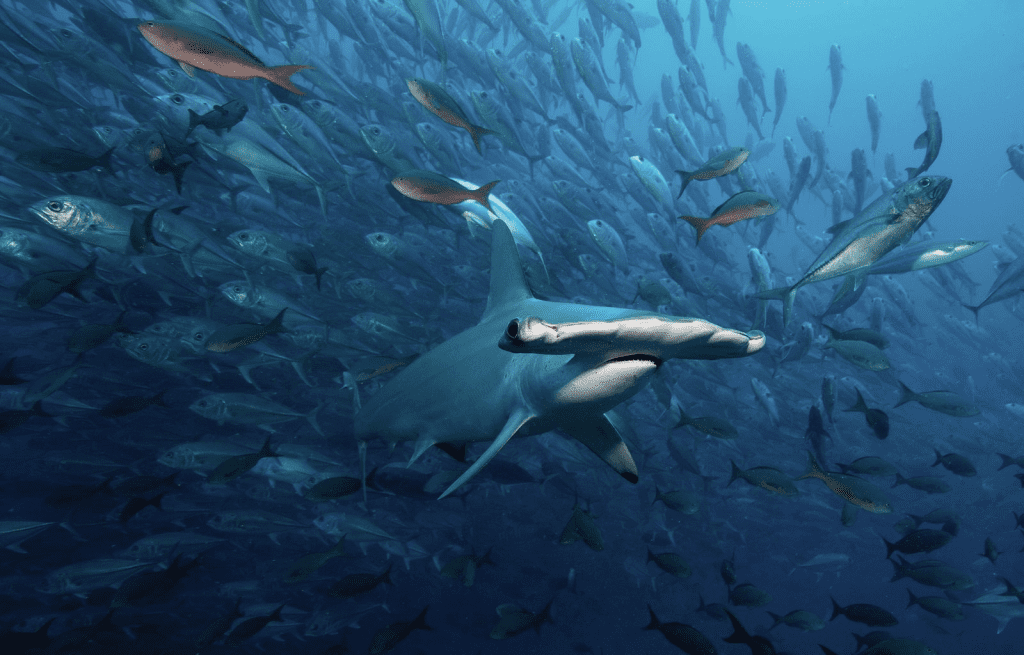
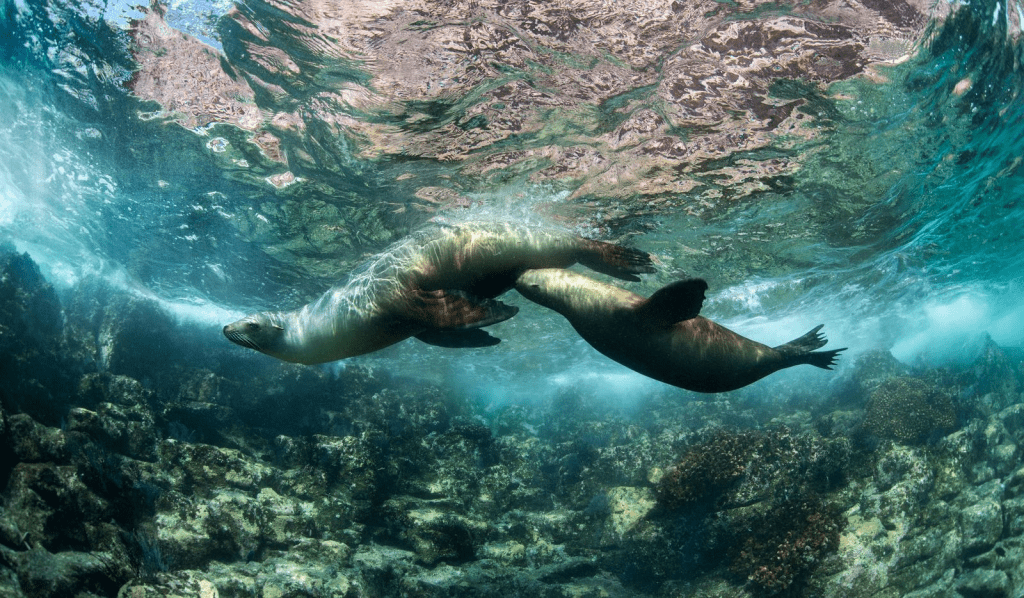
Capturing Light in an Alien World
Underwater photography is as much about understanding how water and light interact as it is about mastering the camera. Light and colors behave differently beneath the surface, and particles can scatter the brightest flash “In shallower water, for example, try to position the sun behind you to take advantage of available light, just like you would on land. It’s amazing how much this simple positioning can improve your shots”, he shares. Miskiv’s advice: Observe. “You have to read what the water column is telling you at each moment. Position yourself to use available light and notice what makes each environment unique.” From the golden hour rays filtering down to the open blue water’s radial refraction, the magic lies in patience and presence.

Using Photography for Conservation
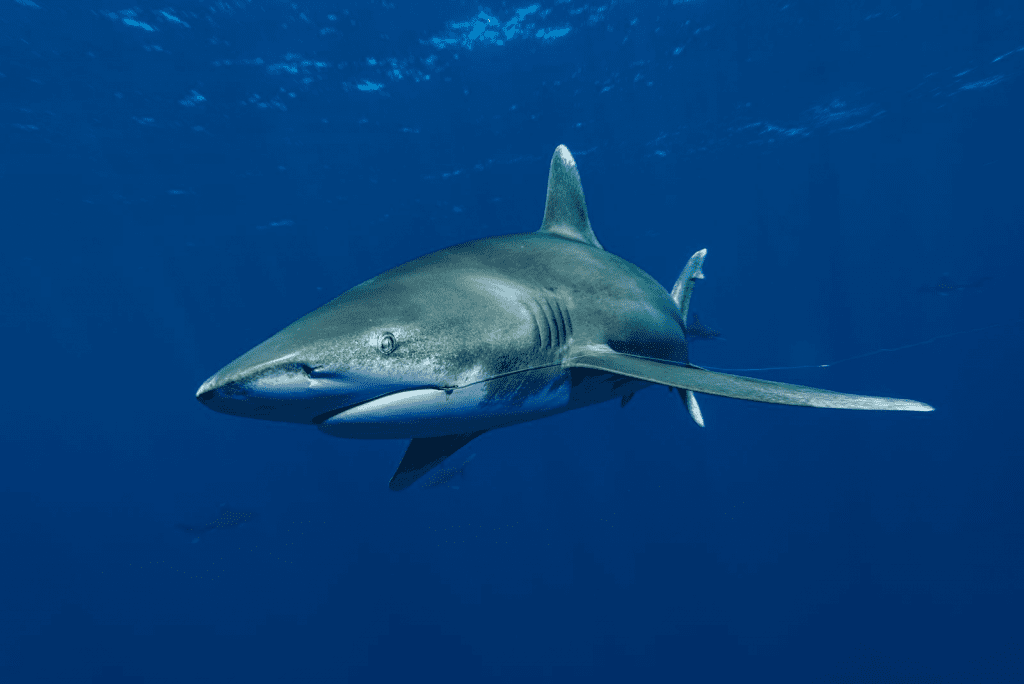
Photography becomes most powerful when it serves a purpose beyond art. Miskiv’s journey into conservation photography began on a citizen science trip in the Maldives “At the time, I wasn’t even considering becoming a serious underwater photographer. But during the trip, I watched scientists doing fascinating research work – collecting data on microplastics, studying coral health, documenting marine life. I started photographing their process, both above and underwater, and became interested in how I could use my skills to further their work.”
“Scientists speak in data; photography expands their audience”, he said
He encourages aspiring photographers to combine skill with service: volunteer, develop a portfolio, collaborate with researchers, and approach the ocean with curiosity and respect. “You gain experience, access, and a deeper understanding of the ocean and you become a better photographer and advocate.”
Rick Miskiv’s work is more than a collection of striking images; it is a testament to patience, respect, and the power of curiosity. From a child pressing his face against a diving bell to capturing hammerheads in their element, his story reminds us why the ocean continues to inspire, challenge, and transform many people.



